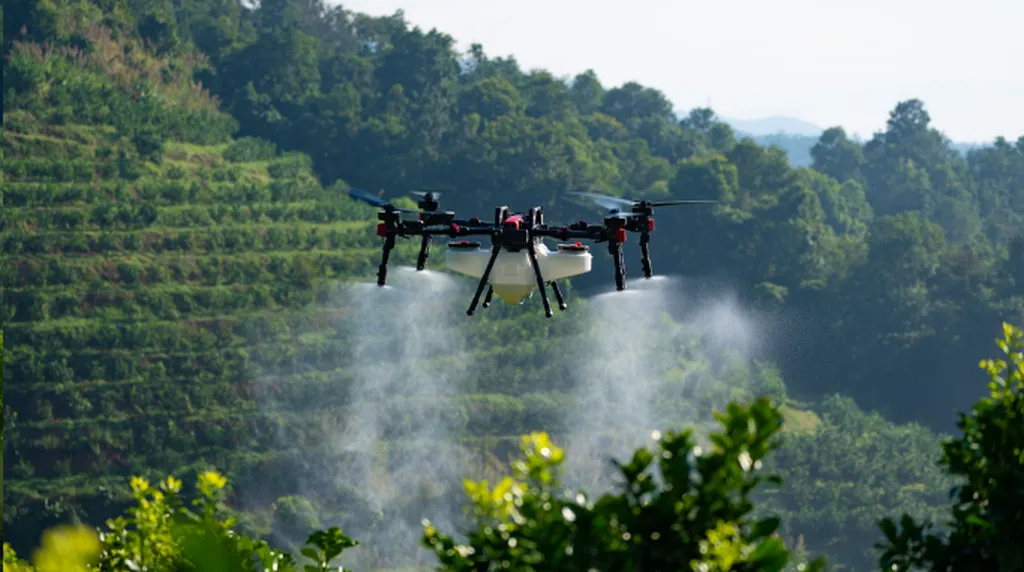In the heart of China’s agricultural innovation, researchers have developed a cutting-edge solution to a persistent problem: hazy images that blur the view of crops, pests, and fields, hindering precision agriculture. Led by Qunpeng Gao from the College of Electronic Engineering at South China Agricultural University, a team has pioneered an adaptive real-time dehazing platform tailored for agricultural drones. Their work, published in the journal *Smart Agricultural Technology* (translated as *智能农业技术*), promises to revolutionize how we monitor and manage crops, with significant implications for the energy sector’s agricultural applications.
The team’s breakthrough lies in an FPGA-accelerated edge computing system that implements an enhanced Dark Channel Prior (DCP) algorithm. This algorithm, known for its effectiveness in image dehazing, has been adapted to work in real-time on drones, a feat previously challenged by computational constraints. “Our system addresses the critical need for clear, real-time imagery in agricultural scenarios,” Gao explains. “By accelerating the DCP algorithm on FPGA, we’ve enabled drones to capture and process high-quality images even in hazy conditions, which is crucial for accurate crop monitoring and pest identification.”
The system’s adaptive window filtering refines dark channel images, allowing it to process varying fog densities effectively. This adaptability is a significant advancement, as traditional methods often struggle with inconsistent haze levels. Moreover, the team has designed a sky-region segmentation strategy to prevent overexposure in the sky region of dehazed images, a common issue in agricultural drone imagery.
The practical implications of this research are vast. In the energy sector, where agricultural land use and biomass energy production are increasingly intertwined, clear and accurate imagery is vital for monitoring crop health and yield. Drones equipped with this dehazing technology can provide real-time data, enabling more informed decision-making and improving operational efficiency.
The system’s hardware acceleration unit is implemented on an Xilinx XC7S25 FPGA platform, supporting 1920×1080@60 Hz video input and integrating seamlessly with smart agriculture platforms through RTSP streaming. Its efficient resource utilization and low power consumption make it an attractive solution for commercial applications.
The experimental results speak for themselves. The optimized algorithm outperforms other dehazing algorithms in the field, with superior metrics including PSNR, SSIM, and information entropy. This means clearer images, better data, and more accurate insights for agricultural and energy sector professionals.
As we look to the future, this research opens up exciting possibilities. The integration of adaptive algorithms and FPGA hardware acceleration could pave the way for more sophisticated edge computing applications in agriculture. From precision farming to drone-based inspections, the potential is immense. As Gao notes, “This is just the beginning. We’re excited to see how our work will shape the future of agricultural technology and contribute to the broader energy sector.”
In the ever-evolving landscape of agritech, this breakthrough stands as a testament to the power of innovation and adaptation. As the energy sector continues to intersect with agriculture, solutions like this will be crucial in driving efficiency, sustainability, and growth. With the publication of this research in *Smart Agricultural Technology*, the stage is set for a new era of clear, real-time imagery in agricultural scenarios, benefiting not just farmers but also the energy sector at large.

